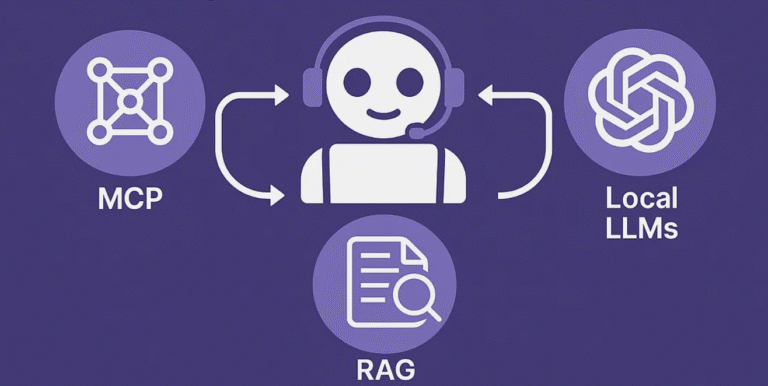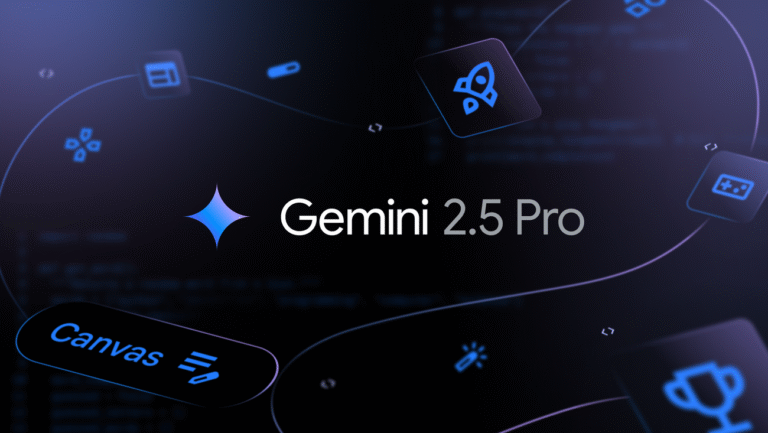The AI Revolution Demands New Hardware: Sam Altman on Why Your Current Devices Won’t Cut It
Envisioning AI-Native Devices and Seamless Interaction
Altman’s vision for computing in the AI era is one of deep integration and intuitive interaction, centered on several key tenets:
- Ubiquity and Pervasiveness: The ideal AI device would be constantly present with the user, equipped with sensors to understand its surroundings and track relevant information. This constant presence allows for “perfect continuity” of experience as the AI integrates across diverse contexts, from vehicles to other digital services.
- Intuitive and Trustworthy Interaction: Users should be able to achieve complex tasks with minimal commands, confidently relying on the system to perform them correctly. The interface is expected to largely fade into the background, proactively surfacing information, making judgment calls, and acting on the user’s behalf only when truly necessary.
- Personalization and Memory: A crucial emerging feature is the AI’s ability to develop “memory”. This allows the AI to get to know the user, connect to their personal data, and become a continuously running, proactively helpful entity. This AI companion would instinctively know when to send messages or execute actions on the user’s behalf.
- New Form Factors: While specific details remain under wraps, a new device is anticipated, possibly designed to fit in a pocket, representing a different way for people to experience computers. OpenAI has notably acquired a startup led by former Apple designer Jony Ive, signaling a serious intent to redefine the hardware foundation for AI.
- AI as a Universal Platform: Altman believes that one of the most significant, yet underestimated, developments is the concept of AI as a universal platform. This platform is envisioned to integrate into everything and everywhere, ensuring perfect continuity across different applications and devices. This omnipresent AI framework promises to enable entirely new approaches to productivity, social interaction, and entertainment, with vast, unexplored potential for new product innovation leveraging the capabilities of reasoning models.




